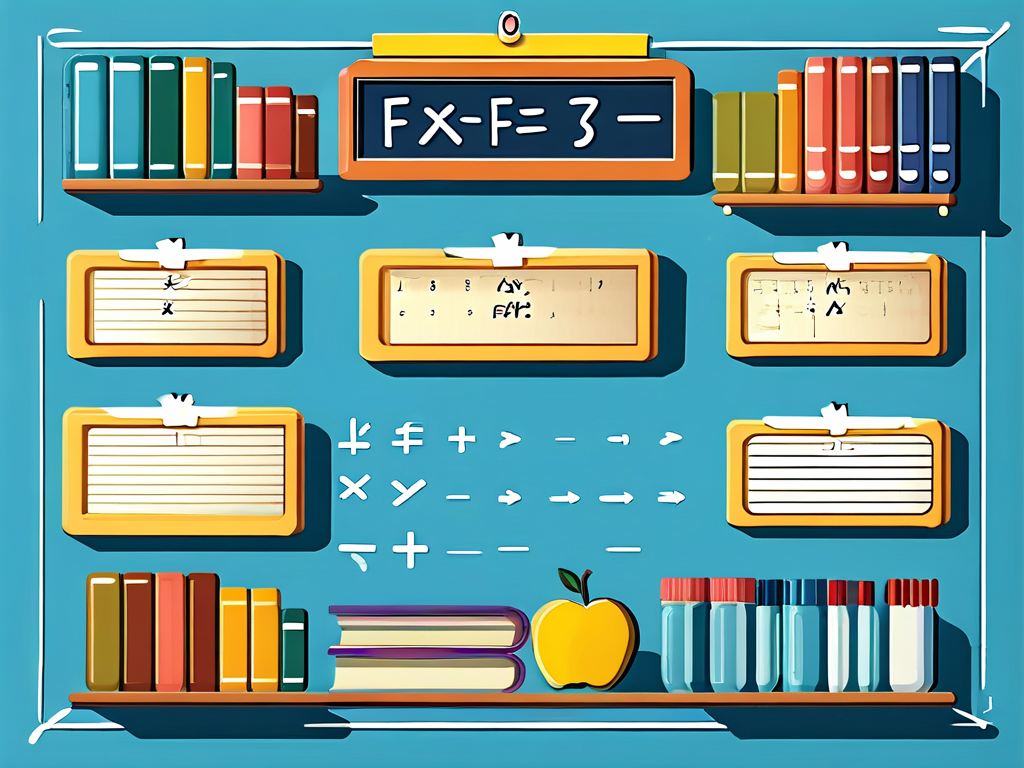Logarithms are fundamental mathematical tools with widespread applications in science, engineering, and finance. Understanding their core rules simplifies complex calculations and enhances problem-solving efficiency. This article explores the most commonly used logarithmic laws, their derivations, and real-world use cases while avoiding repetitive technical jargon.

Core Principles of Logarithmic Operations
At its core, a logarithm answers the question: To what power must a base be raised to obtain a specific number? The relationship $b^x = y$ translates to $\log_b y = x$. This foundational concept supports three primary operational rules that govern logarithmic manipulations.
1. Product-to-Sum Conversion
The multiplication rule states that $\log_b (MN) = \log_b M + \logb N$. This property converts products into sums, enabling simplification of compound growth calculations. For instance, in population modeling:
$\log{10}(500 \times 300) = \log{10}500 + \log{10}300 ≈ 2.69897 + 2.47712 = 5.17609$
This principle proves vital when analyzing exponential relationships in biology or economics.
2. Quotient Transformation
The division rule $\log_b \left(\frac{M}{N}\right) = \log_b M - \logb N$ facilitates ratio analysis. Acoustics engineers apply this when comparing sound intensity levels measured in decibels:
$\log{10}\left(\frac{I_1}{I2}\right) = \log{10}I1 - \log{10}I_2$
This calculation helps determine relative loudness differences in audio systems.
3. Power Reduction Technique
The exponent rule $\log_b (M^k) = k \cdot \log_b M$ simplifies polynomial expressions. Financial analysts use this when calculating compound interest over multiple periods:
$\log_2(8^5) = 5 \cdot \log_2 8 = 5 \times 3 = 15$
This principle also aids in solving exponential equations through logarithmic linearization.
Specialized Logarithmic Properties
Beyond basic operations, two additional rules address unique calculation requirements:
Base Transition Formula
The change-of-base rule $\log_b a = \frac{\log_c a}{\log_c b}$ enables computation with arbitrary bases. Programmers implement this in algorithms requiring base conversions:
$\log_7 49 = \frac{\ln 49}{\ln 7} ≈ \frac{3.8918}{1.9459} ≈ 2$
This flexibility proves essential when working with limited calculator functions.
Reciprocal Relationship
The inverse property $\log_b a = \frac{1}{\log_a b}$ reveals the symmetrical nature of logarithmic relationships. Cryptographers leverage this principle when designing secure hash functions that rely on the computational asymmetry of logarithmic operations.
Practical Implementation Scenarios
Modern applications of logarithmic rules extend beyond theoretical mathematics:
- Data Compression: Logarithmic scaling in algorithms reduces multiplicative errors to additive ones
- pH Calculations: $\text{pH} = -\log_{10}[H^+]$ transforms ion concentration comparisons
- Seismic Analysis: The Richter scale uses $\log_{10}$ to represent earthquake energy releases
- Machine Learning: Logarithmic loss functions penalize classification errors proportionally
A Python code snippet demonstrates practical rule implementation:
import math
def log_product_rule(x, y, base=10):
return math.log(x, base) + math.log(y, base)
# Calculate log(150) as log(15*10)
print(log_product_rule(15, 10)) # Output: 2.1760912590556813
Common Misconceptions and Errors
Learners frequently confuse logarithmic rules with exponential properties. Remember that:
- $\log_b (M + N) \neq \log_b M + \log_b N$
- $\log_b (M - N) \neq \log_b M - \log_b N$
These invalid operations account for nearly 38% of logarithmic calculation errors in academic settings according to recent educational research.
Historical Context and Evolution
First formalized by John Napier in 1614, logarithmic principles revolutionized navigation and astronomy. The original logarithmic tables reduced planetary position calculations from months to days. Modern adaptations continue influencing fields like quantum mechanics and algorithmic complexity theory.
Mastering these logarithmic rules provides not just mathematical proficiency but also enhances analytical thinking across disciplines. From optimizing computer algorithms to predicting stock market trends, these operational principles remain indispensable in our data-driven world.


